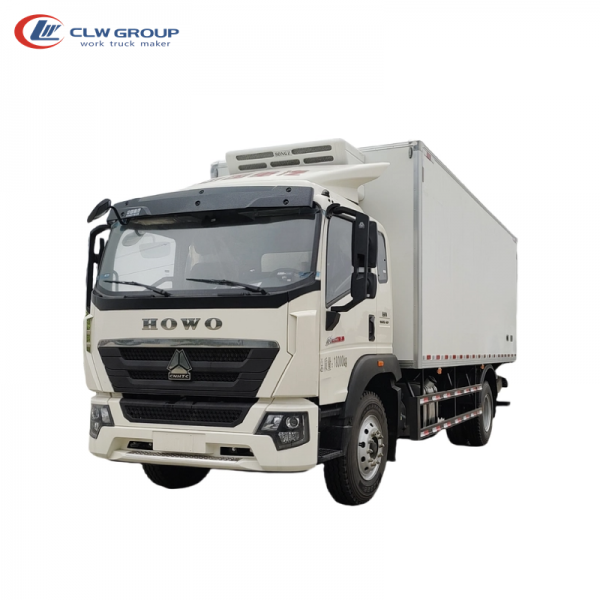Introduction
In recent years, there has been a growing global concern over air pollution and its impact on public health and the environment. As a result, governments around the world have been implementing stricter regulations to reduce emissions from various sources, including vehicles. Crane trucks, which are commonly used in construction and logistics industries, are one such source of emissions that have come under scrutiny. In this article, we will delve into the regulations governing crane truck emissions, their impact on the industry, and strategies for compliance.
1. Understanding Crane Truck Emissions
Crane trucks, also known as mobile cranes or boom trucks, are versatile vehicles used for lifting and moving heavy loads in construction sites, warehouses, and other industrial settings. These vehicles are equipped with powerful engines to operate the crane and drive on roads, resulting in significant emissions of pollutants such as nitrogen oxides (NOx), particulate matter (PM), and carbon dioxide (CO2).
2. Global Emissions Regulations for Crane Trucks
Different countries and regions have established regulations to control emissions from crane trucks and other heavy-duty vehicles. For example, in the European Union, the Euro VI standards set limits on NOx and PM emissions from new vehicles, including crane trucks. Similarly, the United States Environmental Protection Agency (EPA) has established the Clean Air Act to regulate emissions from vehicles, with specific requirements for heavy-duty trucks like crane trucks.

3. Impact of Emissions Regulations on the Crane Truck Industry
The implementation of emissions regulations has had a significant impact on the crane truck industry. Manufacturers have been required to invest in new technologies to meet the stringent emission standards, leading to higher production costs for new vehicles. Additionally, operators of existing crane trucks have faced challenges in retrofitting older vehicles to comply with the new regulations, potentially leading to increased operating costs.
4. Compliance Strategies for Crane Truck Operators
To navigate the complex landscape of emissions regulations, crane truck operators can adopt various strategies to ensure compliance and minimize the impact on their operations. These strategies may include investing in newer, more fuel-efficient vehicles that meet the latest emission standards, implementing regular maintenance and tuning of engines to improve efficiency, and exploring alternative fuels such as biodiesel or electric power for cleaner operations.
5. Future Trends in Crane Truck Emissions Regulations
As the push for cleaner air and sustainable transportation grows, we can expect to see further tightening of emissions regulations for crane trucks and other heavy-duty vehicles. Governments are likely to incentivize the adoption of low-emission technologies and alternative fuels, while also imposing stricter penalties for non-compliance. advantages of truck mounted cranes will need to stay informed and proactive in adapting to these evolving regulations to stay competitive and environmentally responsible.
Conclusion
In conclusion, crane truck emissions regulations play a crucial role in mitigating air pollution and promoting sustainable transportation practices. By understanding and complying with these regulations, crane truck operators can contribute to a cleaner environment and ensure the long-term viability of their businesses. Keeping abreast of the latest developments in emissions standards and investing in innovative solutions will be key to thriving in a regulatory landscape that prioritizes environmental protection and public health.
